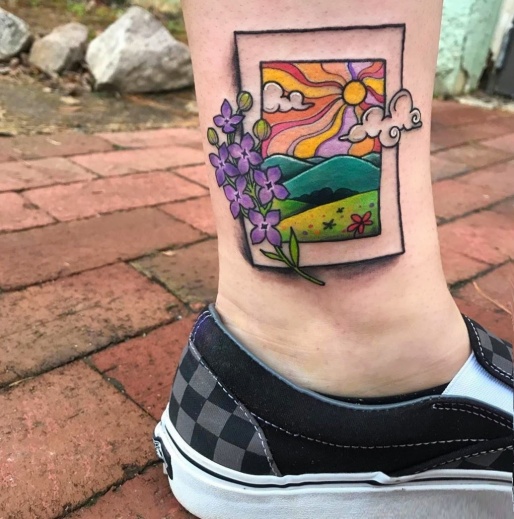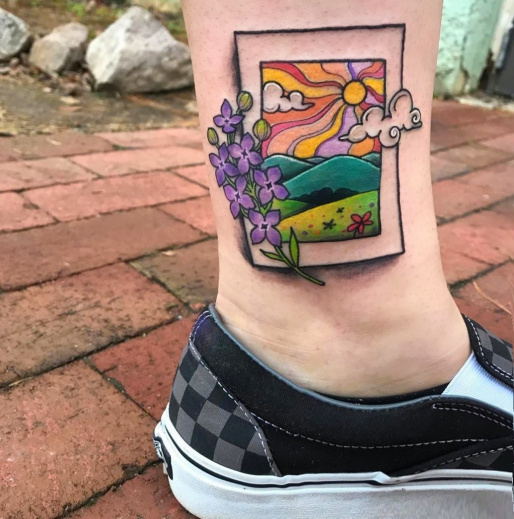Marisa Sloan
Staff Writer

More than one third of young adults in America have at least one tattoo, according to a report done by the Pew Research Center. There’s no question that tattoos are more popular than ever before (much to the chagrin of mothers everywhere), but has the cultural understanding of tattoos grown along with their popularity?
Ariel Kopelove, a tattoo artist at Rock N’ Roll Tattoo & Piercing in Raleigh, North Carolina, took a moment away from her work to talk about the side of tattoos that’s more than just skin deep.
“I’ve been tattooing for a year and five months now,” said Kopelove. “I decided I wanted to do this for a career because I love tattoos and art. It’s a great way to make a living as a visual artist.”
In lieu of paint and paper, of course, this type of visual art uses tattoo ink and the human body. Tattoo ink is made of a solid pigment—usually heavy metals such as iron oxide, cadmium, lead, and cobalt—that is suspended in a liquid carrier such as distilled water or ethyl alcohol. Even vodka will work for a tattoo artist in a real pinch.
The liquid carrier acts as a solvent for the pigment, keeping the ink both evenly mixed and free from potential pathogens. When an alcohol is used as the base of an ink, it can even increase the amount of pigment transported into the skin by making the skin a more permeable surface.
“I love [Kopelove’s] style and her use and talent with color tattoos,” said Shayna Prace, a UNCG alumna who now has two tattoos done by Kopelove. “I’ve always wanted tattoos that were nature related or inspired, and her work made me fall more in love with color.”
Kopelove’s Instagram page, filled with pictures of her work on happy clients, embraces every color in a bag of Skittles—and then some.
“It’s hard to know how well the ink will stay in the skin over time since everybody’s body reacts differently,” said Kopelove. “If the ink isn’t pushed deep enough into the skin, the tattoo is less likely to hold up.”
During the process of a tattoo session, the needle of the tattoo machine punctures the skin anywhere from 50 to 3,000 times per minute. Ink particles are deposited below the epidermis, the upper layer of skin, and inside the gel-like matrix of the dermis because dermal cells aren’t shed and replaced as frequently as those of the epidermis. It would get pretty expensive if a tattoo required a touch-up every two to three weeks.
Once the ink enters the dermis, the body’s white blood cells attempt to fight the foreign invaders by ingesting the ink particles and carrying them away from the skin. However, the white blood cells become stuck in the dermis after gobbling up the ink particles, which are too large to leave. In an ironic turn of events, tattoos safely stay put so long thanks to the very white blood cells that are trying to get rid of them.
In the event of a tattoo regret, laser tattoo removal works by pulverizing the ink particles until they are small enough to be carried away by the white blood cells.
None of this is required knowledge for getting a tattoo, of course. Whether it’s a spur-of-the-moment impulse or a carefully thought-out design, all that’s required for a tattoo is the desire for one.
“I love making people feel better about themselves, whether it’s their appearance or mental health,” said Kopelove. “Today I got to do a scar cover-up on a client, and then another client said that getting tattooed by me helped with his depression. Little things like that make being a tattoo artist worth it.”
Categories: News


